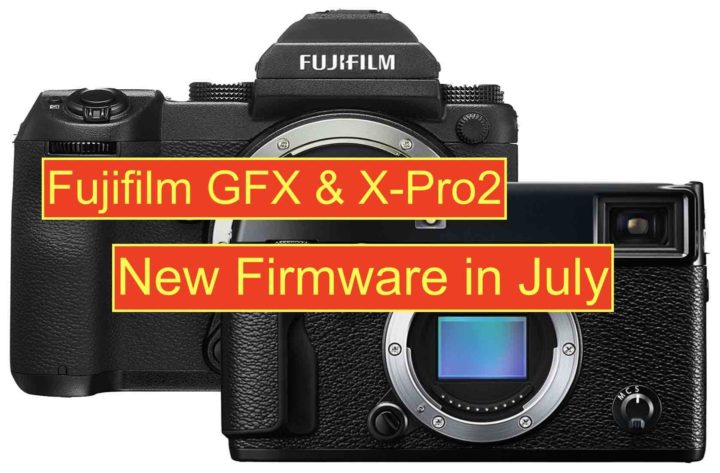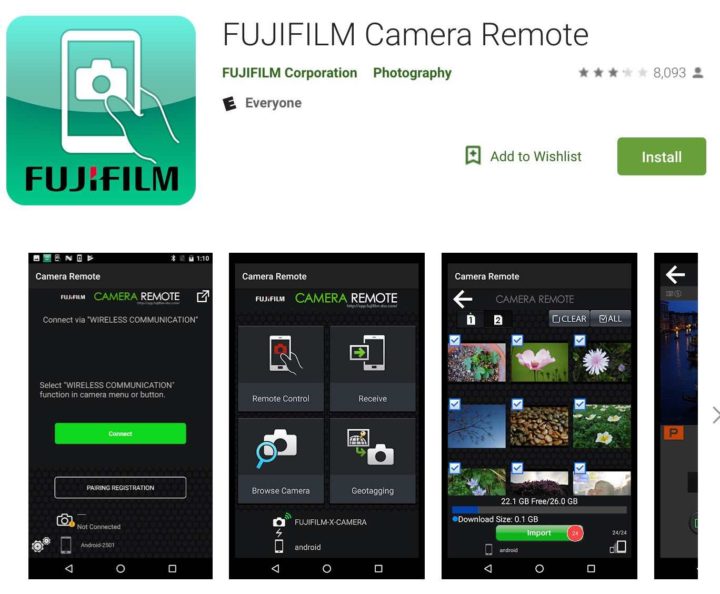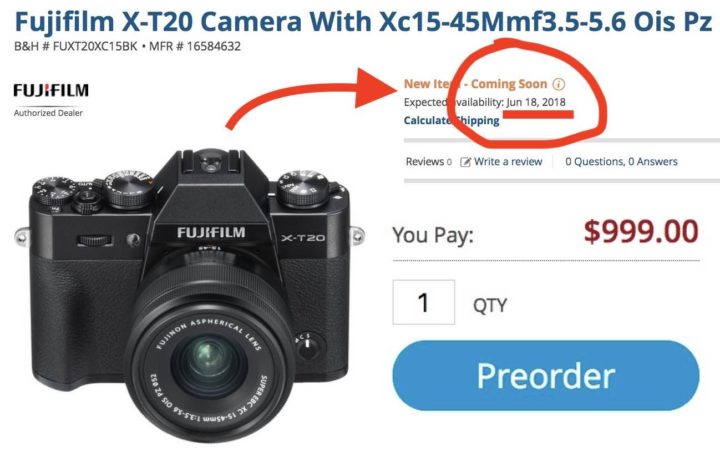Fujifilm GFX 50S firmware 3.20 and X-Pro2 firmware 5.00 Postponed to July

Fujifilm just announced that the Fujifilm X-Pro2 firmware ver. 5.00 and Fujifilm GFX 50S firmware ver. 3.20 have been delayed to “July 2018”.
Along with this announcement, they did release the new Fujifilm X-H1 and X-T2 firmware. All details here.
Follow & Like FujiRumors at Facebook, RSS-feed, Instagram, Youtube and Twitter
Dedicated Fujifilm Pages for 100% News and Rumors Only
via Fujifilm



